At Start of 2015 Melt Season, Arctic Sea Ice is in a Terrible State
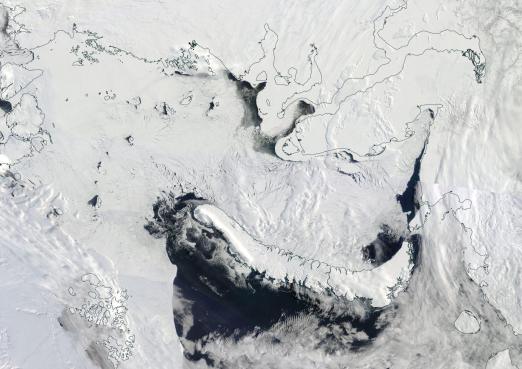
Source: Robert Scribbler
Strong Polar Amplification. With human-forced climate change, it’s normally something you’d tend to see during winter time. By spring, the increase in solar radiation in the Mid-Latitudes would tend to force a more rapid pace of warming there. The snow and ice cover, recently refreshed by winter, would be at highest annual albedo at winter’s end. That high albedo would create a warming lag from the upper Latitudes. The resulting increase in temperature differential would then tend to reinforce the Jet Stream — giving it a strengthening kick and providing the polar north with a kind of ephemeral haven. At least for a brief window during early spring time.
Not so with 2015. This Spring, the Jet has been a basketcase. A mess of meanders like a river finding its way through a wetland prior to joining the sea. Strong south to north flows have persisted over the North Atlantic and well into Western Siberia. These meridional patterns have repeatedly delivered heat into the Arctic — particularly through the oceanic gateway between Greenland and the Yamal region of Russia.
Unusually Warm Spring for The Arctic
For the past week, this pattern intensified and the result is a bulge of extreme heat extending on toward the North Pole in the broad zone between Greenland and Northwest Siberia:
In the above image, provided by Climate Reanalyzer, we find a classic polar vortex disruption type pattern (a rather odd event for April, as both polar amplification and vortex formation have both tended to fade by this seasonal period) in which the cold core is essentially ripped in half by warm air invading from the south. In this case, we see a massive warm air flood emerging from Eastern Europe, Western Russia and the North Atlantic riding up and over the polar zone across a warm frontal boundary. This greater warm air influx is joined with a lesser one emerging off the Ridiculously Resilient Ridge pattern off the US and Canadian West Coasts and flooding up over Alaska and the Mackenzie Delta region of Canada.
The cold cores are thus shoved aside. One has fled to a dubious haven over Eastern Siberia. The second has taken a stronger hold over Greenland. For the Greenland region, surface winds have encircled the new, displaced, cold pool, generating a temperature boundary that is sharply visible in the anomaly map. The dangerous weather-wrecking “Storms of My Grandchildren” Greenland melt and polar amplification pattern — featuring a Greenland cold pocket beside a meltwater-cooled North Atlantic zone surrounded by angrily warming regions.
High anomaly departures in the range of 15-20+ degrees C above average cover about 1/3 of the high Arctic region above 80 degrees North Latitude. Laptev, Kara, Barents and the Arctic Ocean proper are all included in the heat bulge. Temperatures in this zone today spiked to near or above the point at which sea ice melts at the surface (-2.5 C) with temperatures in the Kara in the 0 to -2 C range, temperatures in the Laptev in the -2 to -4 C range and temperatures within 100 miles of the pole hitting around -3.8 C. For this region, these are readings more typical to June or even July.
Record Low Start to Melt Season
The impacts to sea ice have been nothing short of unprecedented for early season melt.
In the extent measure we find that for the past month running we have been at or near new record lows. Over recent days, consistent with the strong surge of polar heat amplification, extent values have again plummeted past previous record low values. Dropping by more than 50,000 square kilometers for each day in the April 6-8 timeframe, the melt rate is exceedingly steep for this time of year. With April 8 achieving a new record low extent of 14,073,000 square kilometers — 95,000 square kilometers below the previous record low of 14,168,000 set in 2006.
(Arctic Sea Ice Extent as recorded by NSIDC through April 9 of 2015. We are at the descending curve of the upper arc on the left in the image. The bottom dark blue line represents 2015 sea ice extent. The light blue and pink lines are 2007 and 2006 [previous record low years for springtime]. The upper dark blue line represents 1979 sea ice extent. The dotted green line represents 2012. Note how the 2015 line has consistently trended in record low range during the past month. Image source: NSIDC.)
As heat and sunlight build in this record low ice extent environment, greater stretches of dark, open water will trap more sunlight. This will tend to have a heat amplifying effect — pushing for greater ice losses as melt season gains traction. Weather trends will tend to have an impact as well. And Arctic Oscillation (AO) is expected to again hit a strongly positive level over the next couple of days — providing further melt pressure to sea ice already at record lows. Wind patterns have also tended to facilitate ice export through the Fram, Nares and Bering Straits this year. Given a predicted continuation of these conditions, the long term-trend seems to be melt-favorable through end of April.
Kara Melting Early, Beaufort Cracking Up
In the satellite shot the impacts of these much warmer than normal Arctic conditions are clearly visible. Particularly, the Kara Sea near Northwestern Siberia and the Beaufort are showing signs of melt stress and ice fragility.
For the Kara, melt is proceeding well in advance of typical seasonal thaw. Large polynyas have opened up even as the ice edge has retreated. Much of the ice in this zone appears broken, thin, and disassociated — making it vulnerable to both increasing solar radiation and to the periods of more intense warmth to come.
(The Kara Sea showing reduced sea ice coverage on April 9 of 2015. Image source: LANCE-MODIS.)
With 2015 showing a tendency for strong south to north air flows in this region, the Kara continues to be at risk of early melt through spring and into start of summer.
But perhaps more disturbing is an ongoing and widespread break-up of sea ice in the Beaufort. Starting in late March and continuing on through April, very large cracks have opened up throughout the Beaufort Sea. Given that air temperatures remain in a range cold enough to freeze surface water (-12 to -25 C), the resulting gaps have quickly frozen. However, this crack-up is occurring directly at melt season start. Warmth is building, the sun is at an ever higher angle, and the lower albedo cracks may well serve to capture more heat in an already vulnerable region. In addition, temperatures in the Mackenzie River Delta — a region that, when thawed, will dump above freezing water into the already broken Beaufort — are approaching the melt point (-4 C readings today and 0 C for widespread thaw).
(Large cracks and polynyas throughout the Beaufort Sea on April 10 of 2015. Left side of frame is somewhat covered by cloud, but a large polynya [partially frozen] is visible through the coverage. Image Source: LANCE MODIS.)
These cracks are very extensive and include multiple large breaks. A scene reminiscent of the winter 2013 break-up. But the current timing at melt season start is far more likely to enhance ice vulnerability as spring progresses toward summer. Also, the fragile behavior of this broad section of Beaufort ice illustrates how thin sea ice in this region has become even as it hints at the potential that warm water (which is increasingly prevalent at depth throughout the Arctic Ocean) may be upwelling to melt some of this sea ice from below.
Together, the warm air influx and very high temperature anomalies, the rapid melt at the edge zones, the record low extent levels, and the massive crack-up ongoing in the Beaufort all point to extreme sea ice weakness at the start of melt season. With weather patterns remaining neutral to melt-favorable over the next few weeks and with winds favoring export through the Fram, Bering and Nares, risks remain high that Arctic sea ice will remain in record low territory over the coming weeks. Sea ice fragility in certain regions, especially the Beaufort, also bear watching for possible unpleasant surprises.
Source: Robert Scribbler



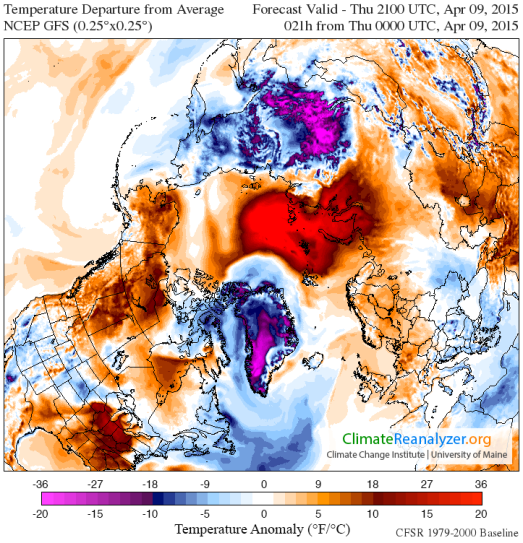
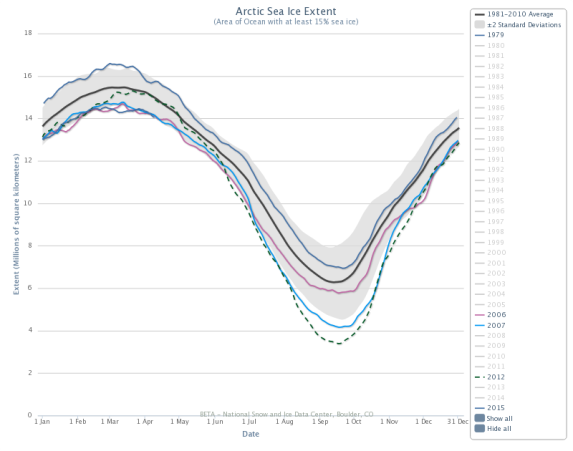
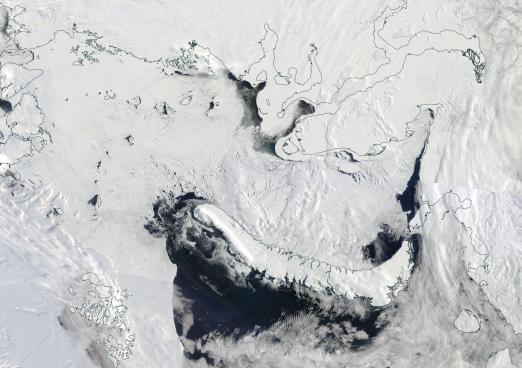
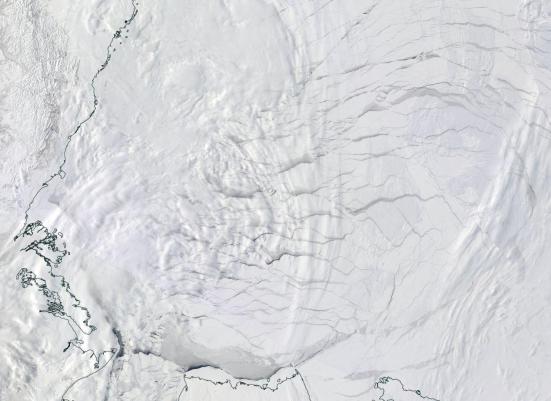


















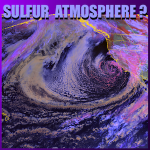

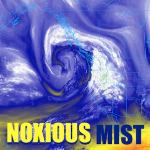




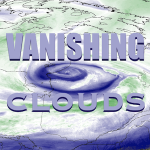












































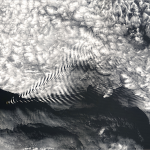























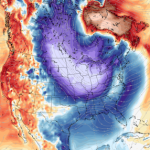









































Leave a Reply